Protists and Fungi -> weather patterns
Weather Patterns
Weather patterns refer to the recurring atmospheric conditions that are characteristic of a specific region or location over a period of time. These patterns are influenced by a variety of factors, including temperature, air pressure, humidity, and wind.
Factors Influencing Weather Patterns
Several factors contribute to the formation of weather patterns:
- Temperature: The amount of heat in the atmosphere affects the air density and pressure, leading to the formation of high and low-pressure systems.
- Air Pressure: Differences in air pressure create wind patterns and influence the movement of weather systems.
- Humidity: The amount of moisture in the air affects cloud formation, precipitation, and overall weather conditions.
- Wind: Wind patterns play a crucial role in transporting heat and moisture across different regions, impacting local weather conditions.
Types of Weather Patterns
Weather patterns can vary widely depending on geographic location and prevailing climatic conditions. Some common types of weather patterns include:
- Global Wind Patterns: The distribution of the Earth's major wind belts, such as the trade winds and westerlies, influences weather patterns on a global scale.
- Seasonal Patterns: Changes in weather conditions associated with the Earth's axial tilt and its orbit around the sun result in seasonal weather patterns, such as monsoons and dry seasons.
- Local Weather Phenomena: Specific geographic features, such as mountains, bodies of water, and urban areas, can create unique microclimates and weather patterns.
Studying Weather Patterns
To understand and study weather patterns, it is important to consider the following aspects:
- Data Collection: Utilize tools such as weather stations, satellites, and radar to collect data on temperature, air pressure, humidity, and wind patterns.
- Data Analysis: Analyze collected data to identify recurring weather patterns, trends, and anomalies that may impact local or regional weather conditions.
- Forecasting: Use historical weather data and knowledge of prevailing weather patterns to make short-term and long-term weather forecasts.
- Climate Studies: Examine long-term weather patterns to understand the broader climate trends and how they may be influenced by natural and human-induced factors.
Understanding weather patterns is crucial for various fields, including agriculture, transportation, urban planning, and disaster preparedness. By studying these patterns, scientists and meteorologists can make informed predictions and decisions to mitigate the impact of weather-related events.
[Weather Patterns] Related Worksheets and Study Guides:
.◂Science Worksheets and Study Guides Seventh Grade. Protists and Fungi

 Worksheet/Answer key
Worksheet/Answer key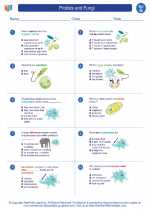
 Worksheet/Answer key
Worksheet/Answer key
 Worksheet/Answer key
Worksheet/Answer key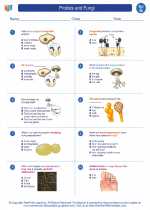
 Worksheet/Answer key
Worksheet/Answer key
 Vocabulary/Answer key
Vocabulary/Answer key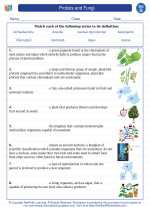
 Vocabulary/Answer key
Vocabulary/Answer key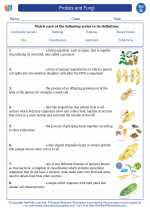
 Vocabulary/Answer key
Vocabulary/Answer key
 Vocabulary/Answer key
Vocabulary/Answer key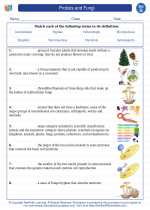
 Vocabulary/Answer key
Vocabulary/Answer key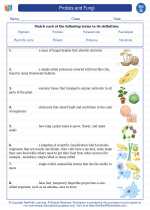
 Vocabulary/Answer key
Vocabulary/Answer key
